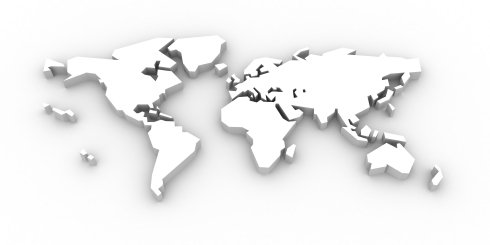
ThreadSol targets Hanoi apparel market
Among key export items from Vietnam, garments and textiles witnessed an increased turnover in the first eight months of 2016.

19th September 2016
Knitting Industry
|
Brussels
Speaking at an event by the Mission of Vietnam to the EU and BusinessEurope on 14 September in Brussels, the chief negotiators and ambassadors from both sides were joined by leading EU trade association representatives in urging for the speedy ratification and entry into force of the agreement.
“The EU retail sector has a double interest in Vietnam as it is our second largest source of fast-moving consumer goods after China and because of growing interest for investment in retail stores in Vietnam,” said Pierre Gröning, trade policy director at the Foreign Trade Association. “For retail, the FTA with Vietnam is more important than TTIP [with the US], CETA [with Canada] and the Japan agreement combined.”
EU retailers currently import 8% of fast-moving consumer goods from Vietnam, a figure still well behind the 50% imported from China, but growing fast and set to get a boost from the elimination of tariffs under the FTA, which would lower costs for importers and European consumers.
Among key export items, garments and textiles witnessed an increased turnover of US$ 15.5 billion, up 4.2% year-on-year in the first eight months of 2016, and footwear (US$ 8.6 billion, up 8.1%). Even without the FTA, EU clothing imports from Vietnam increased by 3.2% in 2015.
Given the sensitivity of the sector, the full elimination of the tariffs will be staged over seven years. Rules of origin conditions for garments will require the use of fabrics produced in Vietnam, with the only exception being of fabrics produced in South Korea, another FTA partner of the EU.
The Vietnamese market is also increasingly attractive to European producers and retailers. The FTA will give tariff-free access to a market of 90 million consumers – with a middle class expected to reach 30 million by 2020 – to European products including cars and motorbikes, pharmaceuticals and alcoholic beverages.
Goods produced in Vietnam will have duty-free access to the 630 million plus strong Asian Economic Community and with the impending Trans-Pacific Partnership to the largest free trade area in the world. “Vietnam is a very attractive destination for investment,” said Vietnamese Vice-Minister for Trade and Industry Mr Tran Quoc Khanh. “Anything produced in Vietnam enjoys tariff-free export to most of world.”
The agreement is also expected to boost Vietnam’s development, already considered an exceptional success story, with per capita income rocketing from US$ 100 in 1986 to US$ 2,100 in 2015. “Development has been driven by economic growth and economic growth has been driven by exports. We [the EU] pushed for a move from development aid to trade and Vietnam responded,” said EU Ambassador to Vietnam Bruno Angelet.
The EU-Vietnam FTA was concluded on 2 December 2015. Signature is expected in early 2017 with entry into force by 2018. It is the EU’s FTA second with a Southeast Asian country and links the EU market with the 90 million consumers in Vietnam – with a middle class expected to reach 30 million by 2020.
The agreement will eliminate 99.8% of duties on European products gradually over a 10-year period. Two-way trade between the EU and Vietnam was over EUR 45 billion in 2015 and is set to increase this year.
EU – Vietnam FTA: new opportunities

Business intelligence for the fibre, textiles and apparel industries: technologies, innovations, markets, investments, trade policy, sourcing, strategy...
Find out more